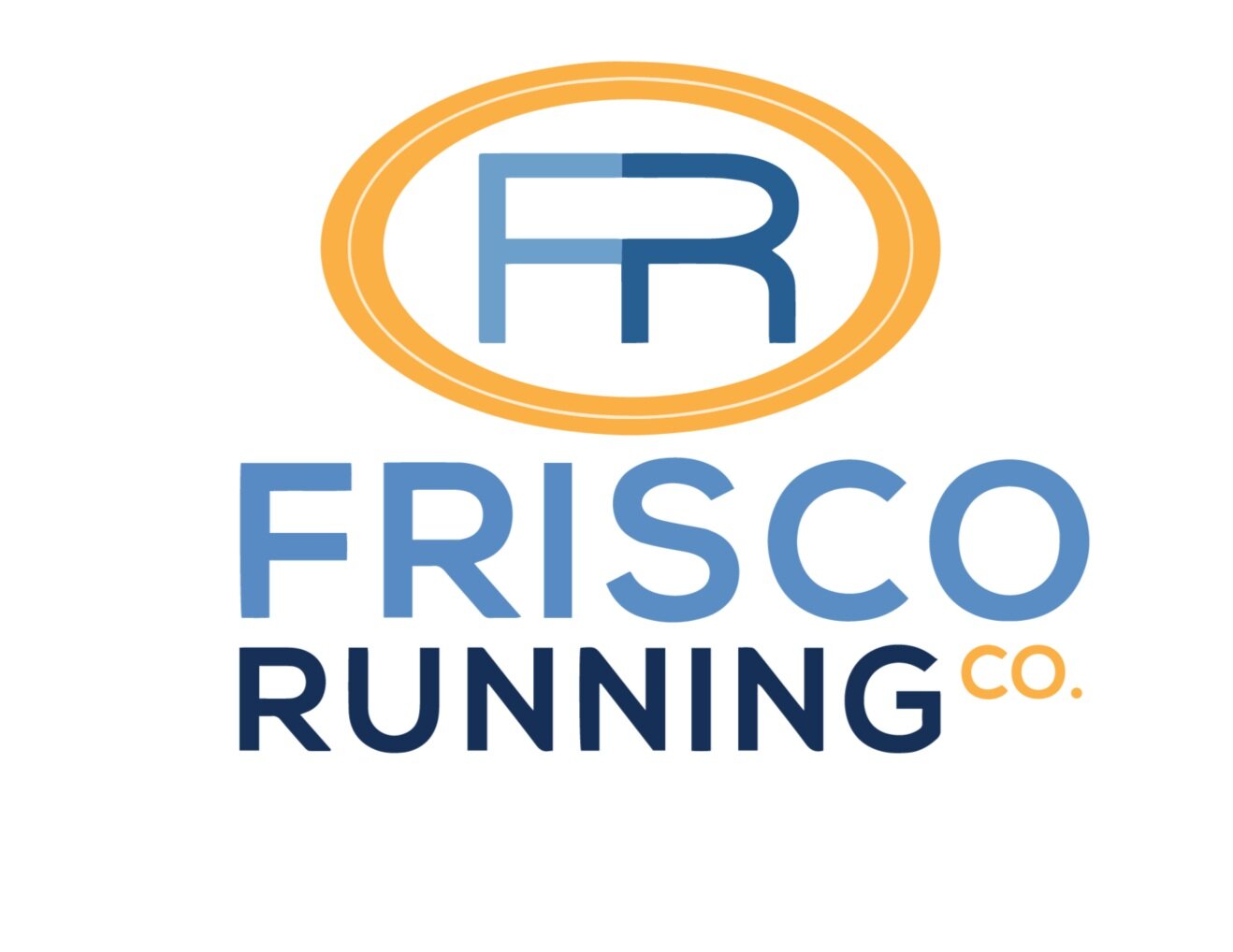What Is Zero Drop?
What Exactly Are Zero-Drop Shoes, and Should You Try Them?
Are you looking for a way to update your running routine? Zero-drop shoes are gaining popularity as an alternative to traditional running shoes, and their potential health benefits have many runners lacing up!
In this blog post, we’ll take an in-depth look at what zero-drop shoes are and discuss whether or not they could be right for you. (They’re not for everyone!)
From better posture form to improved mobility, there are many benefits to making the switch!
What Are Zero-Drop Shoes?
First things first, let's define what zero-drop shoes actually are. Zero-drop refers to footwear that features a sole with no height differential between the heel and the toe.
In simpler terms, when you wear zero-drop shoes, your heel and forefoot are positioned at the same level. It's like walking or running barefoot, but with a little extra protection and support.
Basically, zero-drop shoes offer a more natural stance for the foot, which can improve stability and help reduce the impact of stress and pain on your joints.
The Benefits of Zero-Drop Shoes
Let's explore some of the potential benefits they offer. Remember, I'm not a medical expert, but I’ve been running and racing for over 10 years. I’ve tried a lot of different shoes over the years (including zero drop!)
These are a few noteworthy benefits…
Improves Natural Movement
Zero-drop shoes aim to promote a more natural gait by allowing your feet to move and flex as they were designed to. Plus, this type of shoe can improve your balance, making each step feel more connected and grounded.
Strengthens Foot Muscles
Wearing zero-drop shoes can help strengthen the muscles in your feet and lower legs. This is because your feet have to work a bit harder to stabilize your body, which leads to increased muscle engagement and strength building.
Enhances Posture and Alignment
Some runners believe that zero-drop shoes can help improve posture and alignment by encouraging a more upright stance.
The idea is that keeping your feet in a more natural position, it may positively impact the alignment of your entire body.
Things to Consider When Trying Zero-Drop Shoes
Before you rush out to buy a pair of zero-drop shoes, there are a few factors to consider:
Transition Period
If you're used to wearing traditional, elevated-heel sneakers, it's important to ease into zero-drop shoes gradually. Suddenly switching to zero-drop footwear can put stress on your calves and Achilles tendon, potentially leading to discomfort or even injury - yikes!
Also, start with shorter periods of wear and gradually increase the duration as your body adjusts.
Individual Fit
Just like any other shoes, finding the right fit is crucial. (Btw, at Frisco Running Company, we have a shoe fit machine called MyFootBalance, which offers runners an all-in-one fitting experience to ensure you get the best shoe for you!)
Zero-drop shoes come in various styles and brands, so it’s important to get fitted and take the time to try them on! Obviously, you’ll want a pair that provides enough support and comfort for your feet.
Personal Preference
Ultimately, the decision to try zero-drop shoes comes down to personal preference. Some people swear by them and can't imagine going back to traditional shoes, while others may not find them comfortable at all!
Zero-Drop vs. Minimalist Shoes
Zero-drop shoes and minimalist shoes are often thought of as the same thing, but they actually differ from each other!
A zero-drop shoe has a sole that maintains a level plane throughout its length, which means there is no height difference between the toe and the heel. And this toe-to-heel drop is measured in millimeters (zero in this case!)
Minimalist shoes, on the other hand, not only have a zero-drop heel but they also typically have reduced cushioning and reduced arch support.
This means minimalist shoes encourage more natural foot positioning and a better sense of the ground beneath you.
A note on maximalist shoes: While maximalist shoes (sometimes referred to as cushioned shoes) are still widely popular, they could make you more susceptible to injuries caused by overpronation.
Zero-drop shoes can help combat overpronation as they tend to have wider toe boxes, which provide more stability for your feet while running or walking.
Before You Try Zero-Drop Shoes
Considering switching to zero-drop running shoes? Before jumping in, you should be aware of a few things….
Like, If you've been wearing heavy, supportive shoes and go right to a zero-drop shoe, you’ll probably be sore and hurting a little bit…
Don't worry, though, you can avoid this by transitioning slowly and getting fitted by the pros at Frisco Running Company.
But, how long does this transition period last exactly? Our recommendation is to start with one or two miles, gradually increasing your mileage each week on your new kicks. So, depending on your mileage, it may take 4-6 weeks to transition fully.
Zero-drop shoes may be worth the wait - especially if they help reduce pain and even prevent injury!
The Wrap - Zero Drop Shoes
When it comes to trying zero-drop shoes, it really depends on your own personal preference and what feels best for your feet.
They don't necessarily have to be a replacement for regular shoes but can be seen as an alternative to keep your workouts fun and exciting.
If you want to give them a try, there are plenty of options that range in style from some of the quirkiest designs to simple, almost everyday wear. All we can say is, put on those zero-drop shoes and see for yourself!
We’re here to help, so come see us at FRC!

